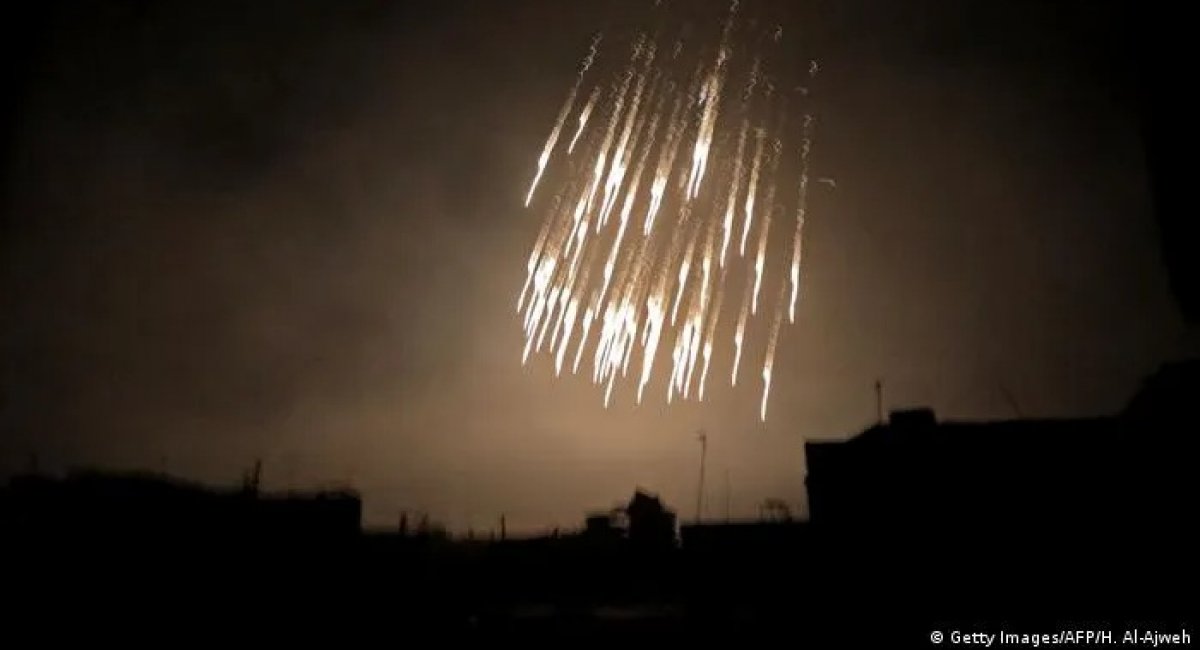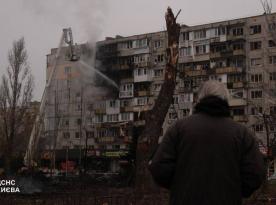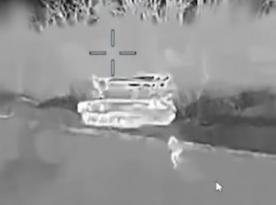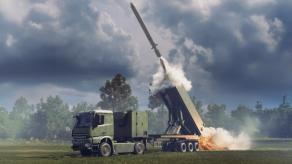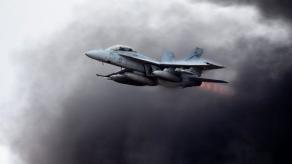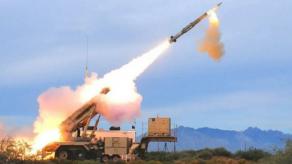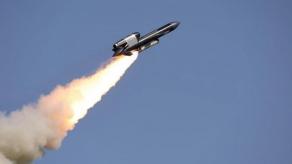This was reported on official page of The National Guard of Ukraine on Facebook.
The report presents testimony of Ukraine’s guardsman with a call sign "Hrom" ("Thunder"). He was a commander of the group of servicemen from the National Guard who participated in the military operation and witnessed how russia’s troops used phosphorus munitions.
Read more: Rashist used phosphorus bombs in Popasna
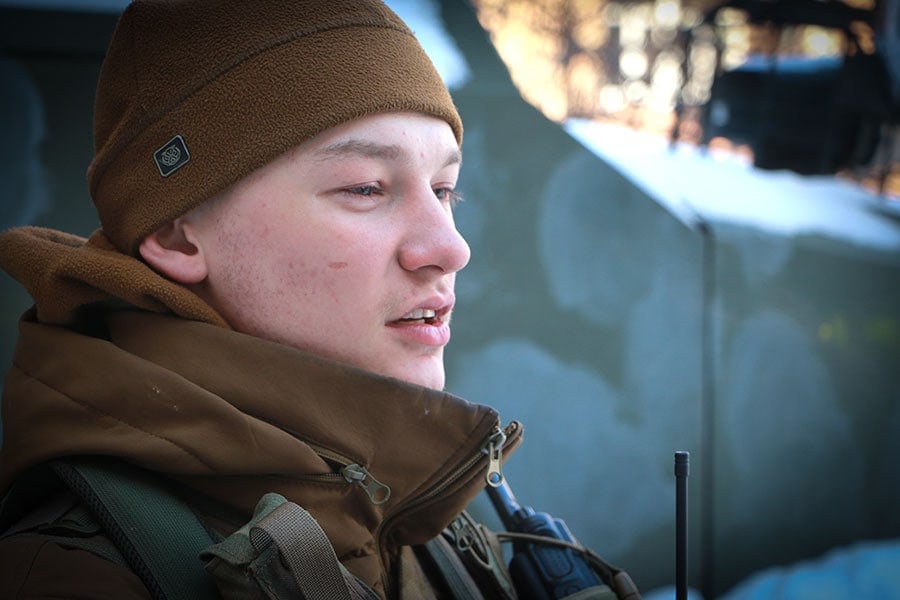
"Initially, the occupiers inflicted an airstrike on our forces. And then was the shelling with phosphorus munitions. We evacuated the wounded of various severity, including burns from phosphorus munitions. The ones with such injuries were taken out in the first place, and on our way, we got under phosphorus shelling twice more," - Hrom said.
As the Ukrainian commander reported, a phosphorus bomb had opened in the air and then phosphorus dropped down from a high of 50 meters, causing a huge falling flame. Phosphorus quickly ignites everything around and emits a lot of corrosive smoke. It causes a burn of the oral mucosa, respiratory tract and eyes. Ukraine’s guardsman warns that invaders increasingly use this type of weapons in their latest wave of attacks.
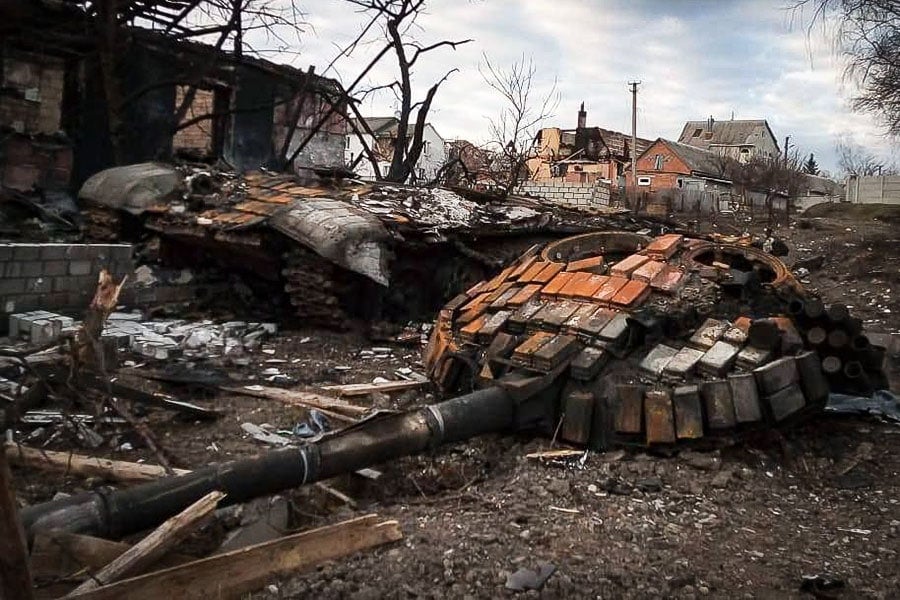
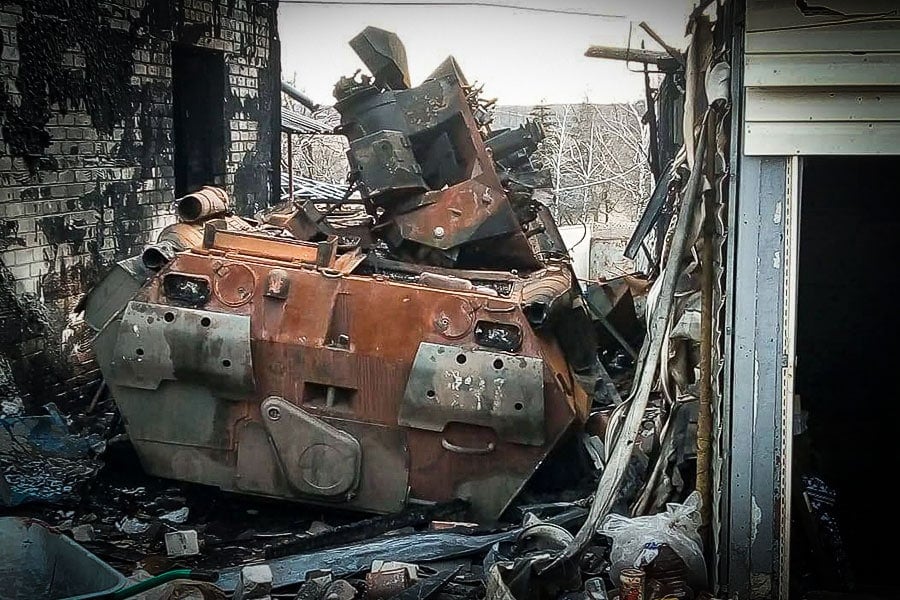
Russian troops had set up an ambush furthermore, attempting to disrupt the evacuation. “We were lucky. There was an unexploded shell on the road, so the driver stopped to avoid it. At that moment the anti-tank guided missile passed one feet away from us. It appeared to be our second birthday,” - Hrom said.
As was stated on official page of The National Guard of Ukraine on Facebook, Russian artillery and aviation could do nothing with the offensive as Ukrainian troops effectively used the element of surprise and approached the enemy with the following attack in close proximity. Russian artillery and aircraft began to operate when it was no longer crucial. Ukrainians got a lot of suitable trophy equipment and ammunition.
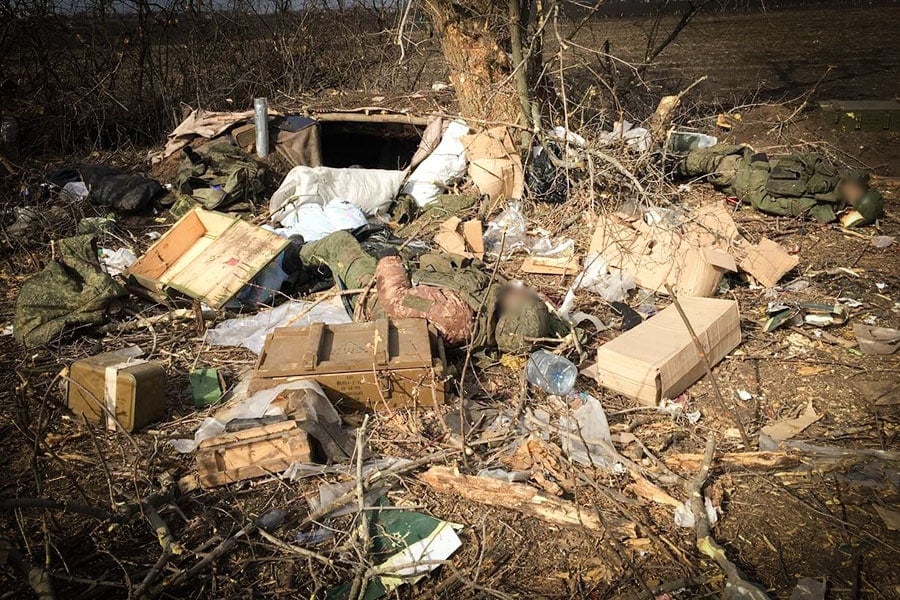
As Defense Express reported, the Popasna town in the Luhansk region was hit by the Russian occupiers with internationally banned phosphorus munitions in the middle of March.
We also informed on the case when Russian troops used phosphorus munitions in their attack on the town of Irpin, Kyiv region.
Reminder by Defense Express:
Article 1 of Protocol III of the Convention on Certain Conventional Weapons defines an incendiary weapon as "any weapon or munition which is primarily designed to set fire to objects or to cause burn injury to persons through the action of flame, heat, or combination thereof, produced by a chemical reaction of a substance delivered on the target". Article 2 of the same protocol prohibits the deliberate use of incendiary weapons against civilian targets (already forbidden by the Geneva Conventions), the use of air-delivered incendiary weapons against military targets in civilian areas, and the general use of other types of incendiary weapons against military targets located within "concentrations of civilians" without taking all possible means to minimize casualties.
Read more: The Russian Troops Once Again Used Phosphorus Munitions in Ukraine




